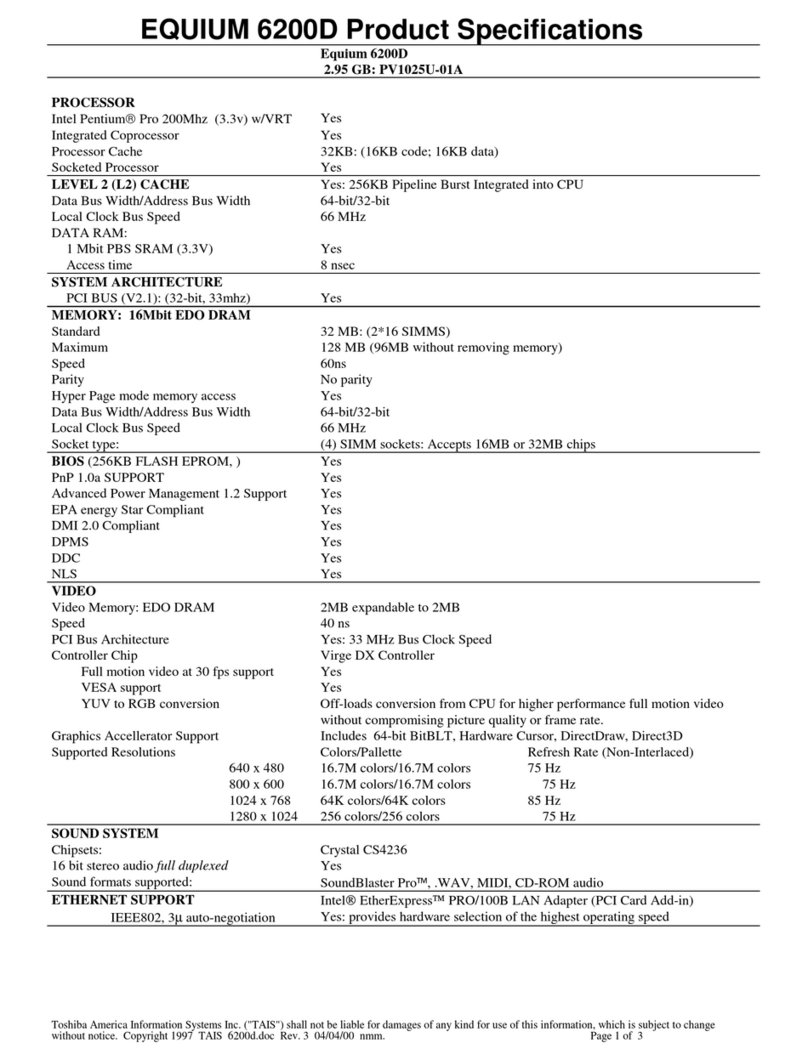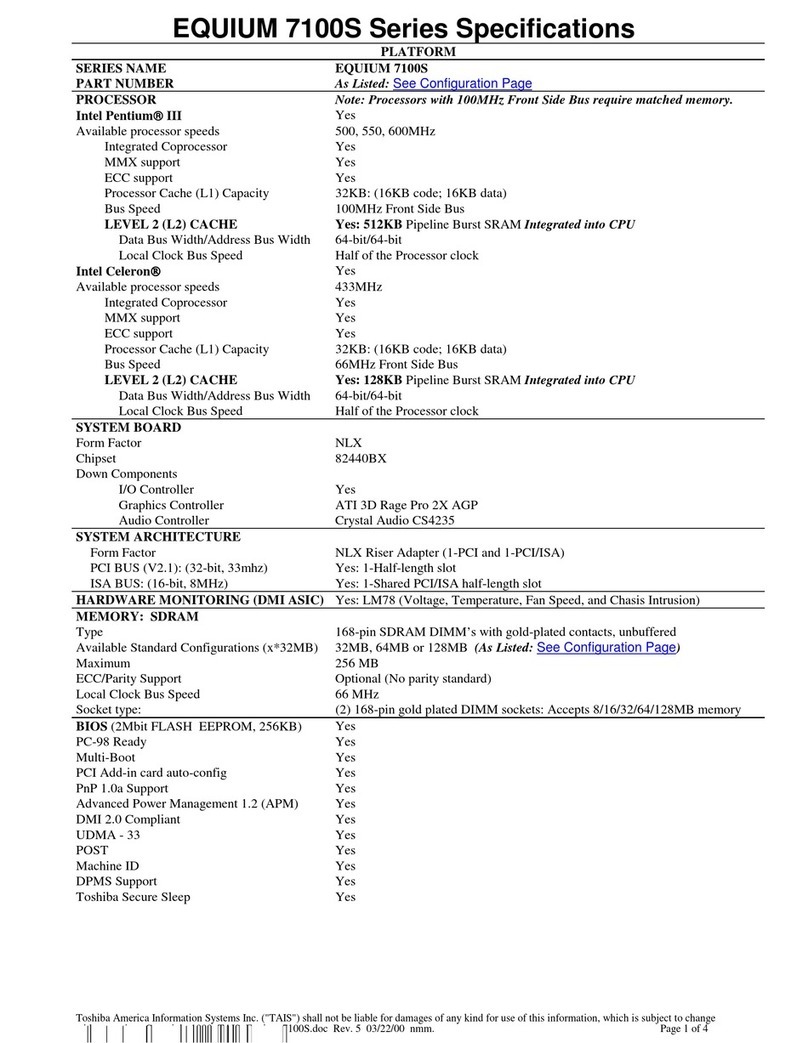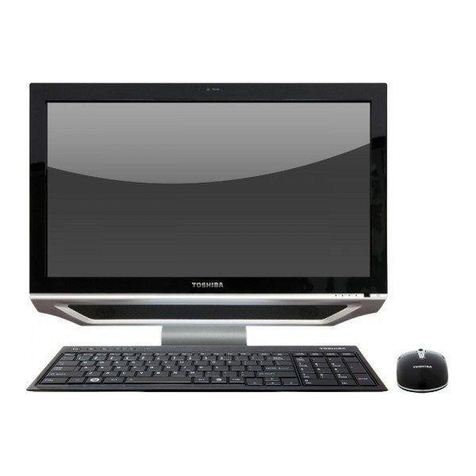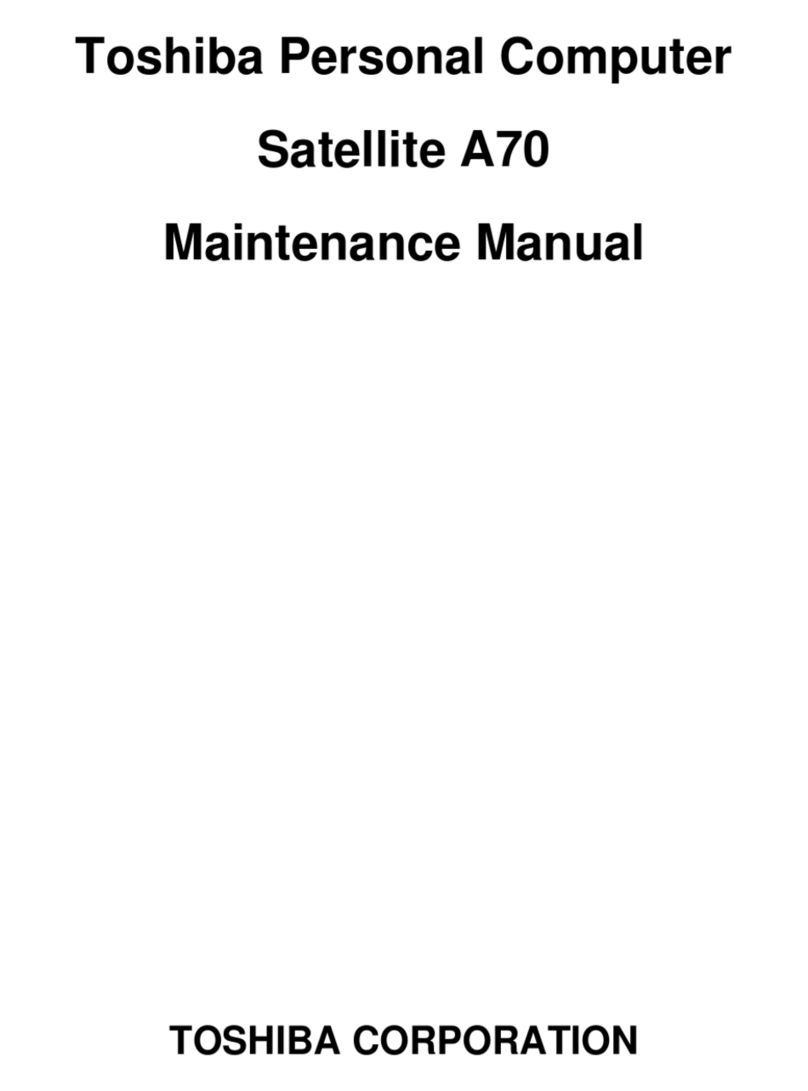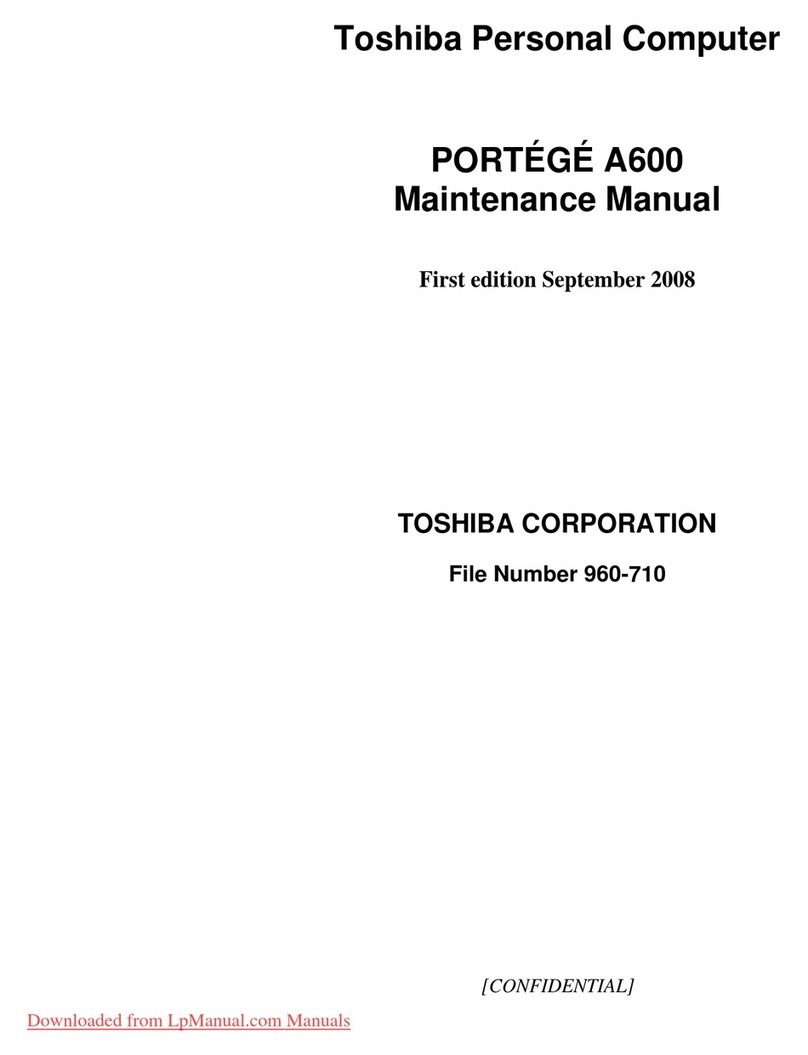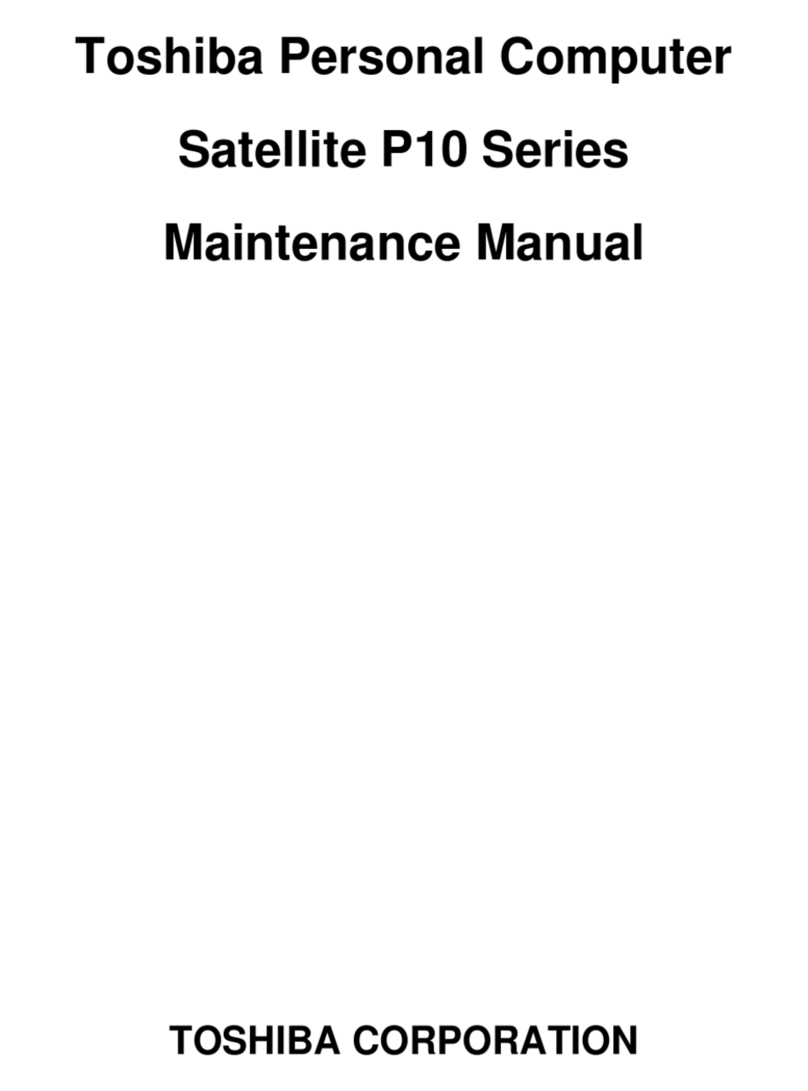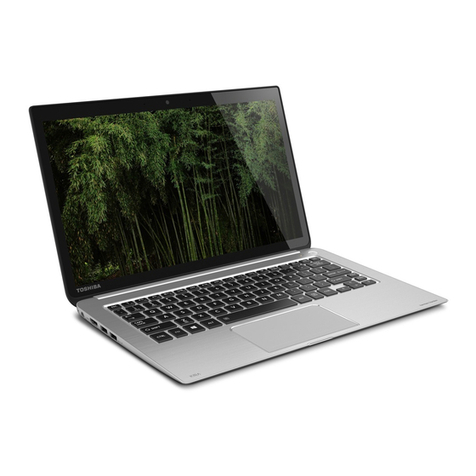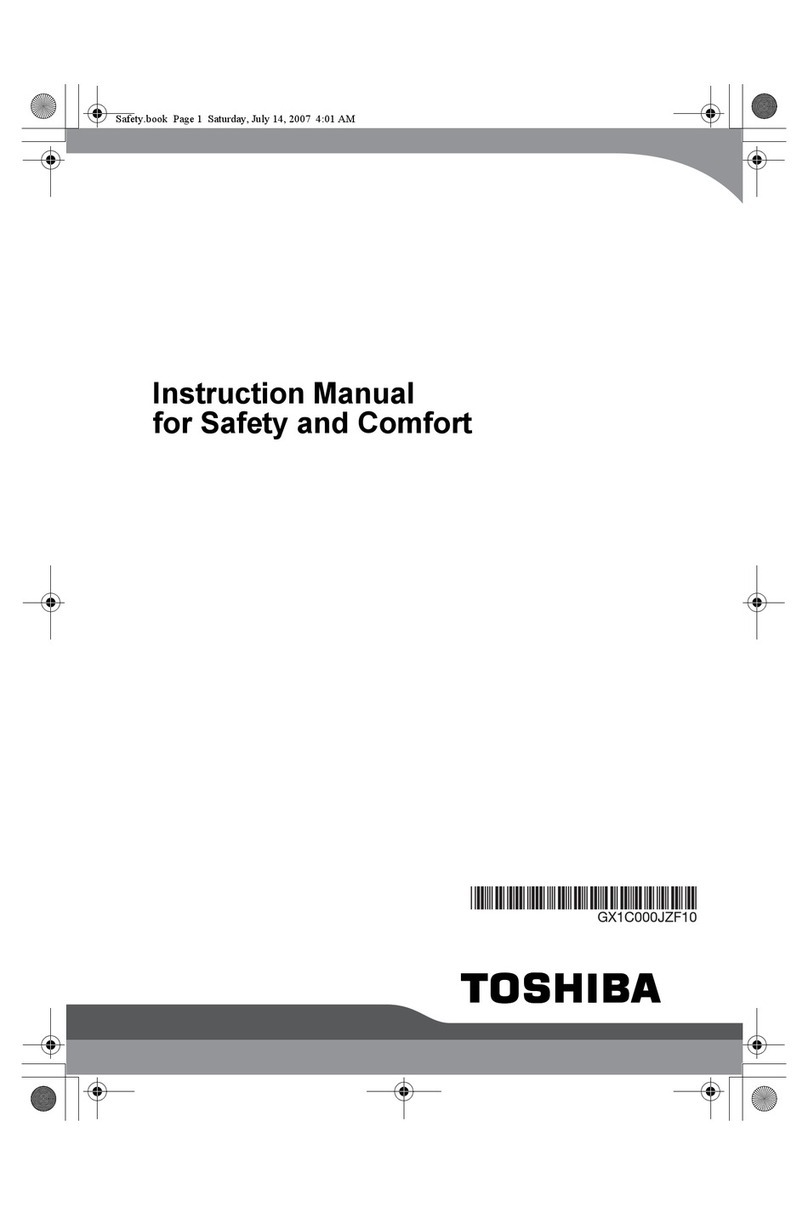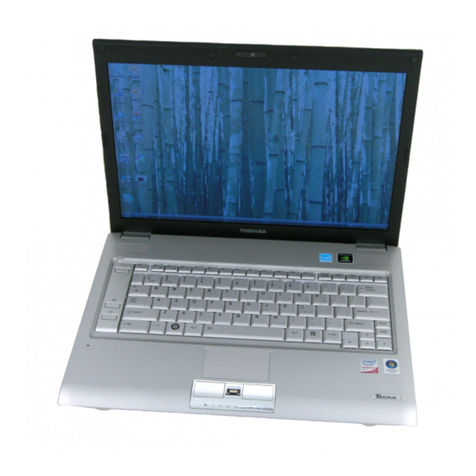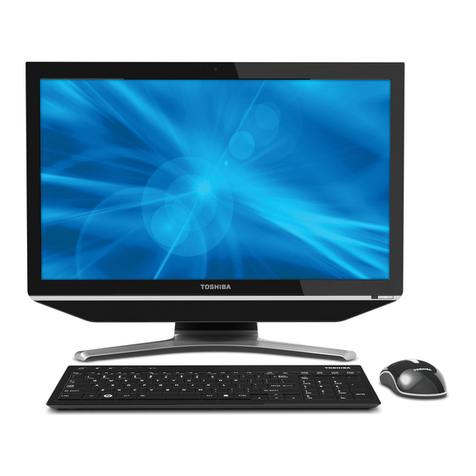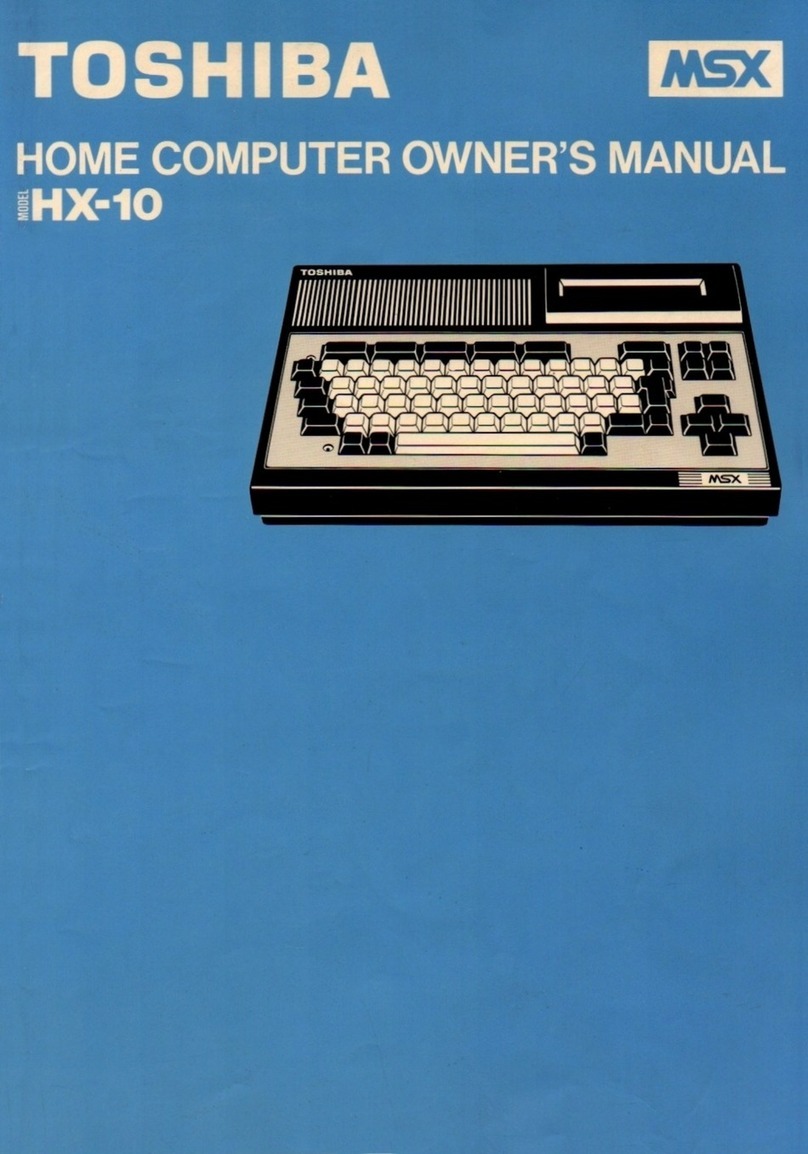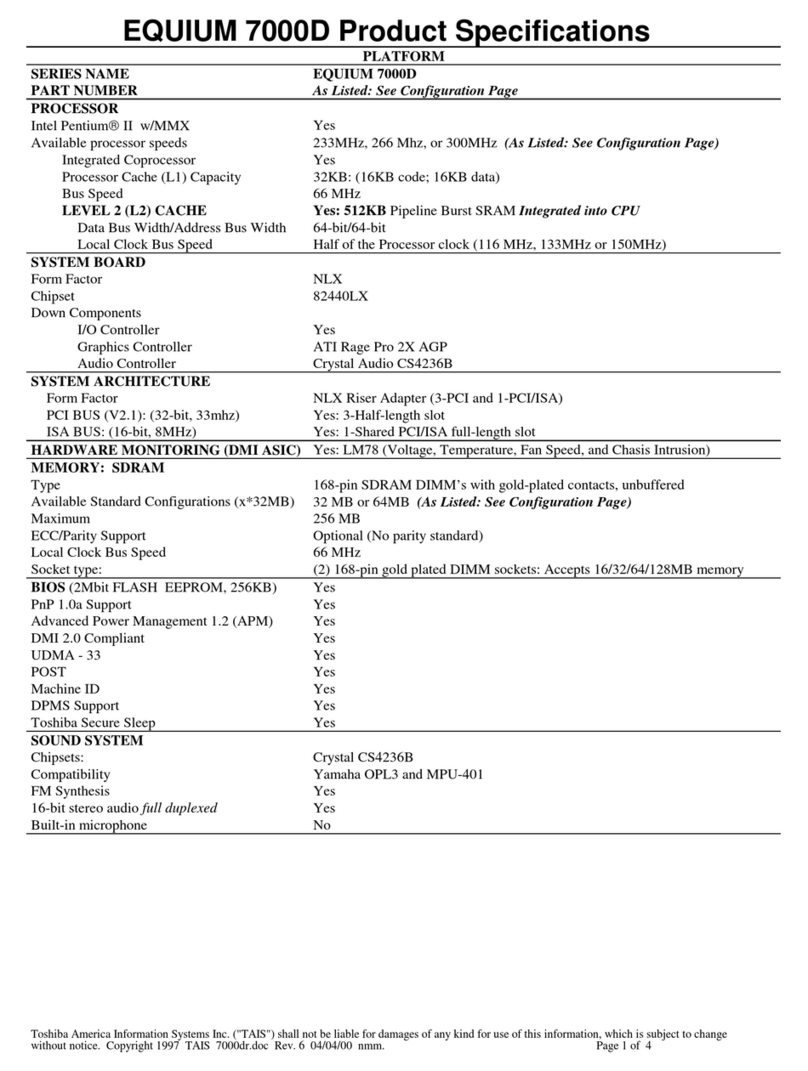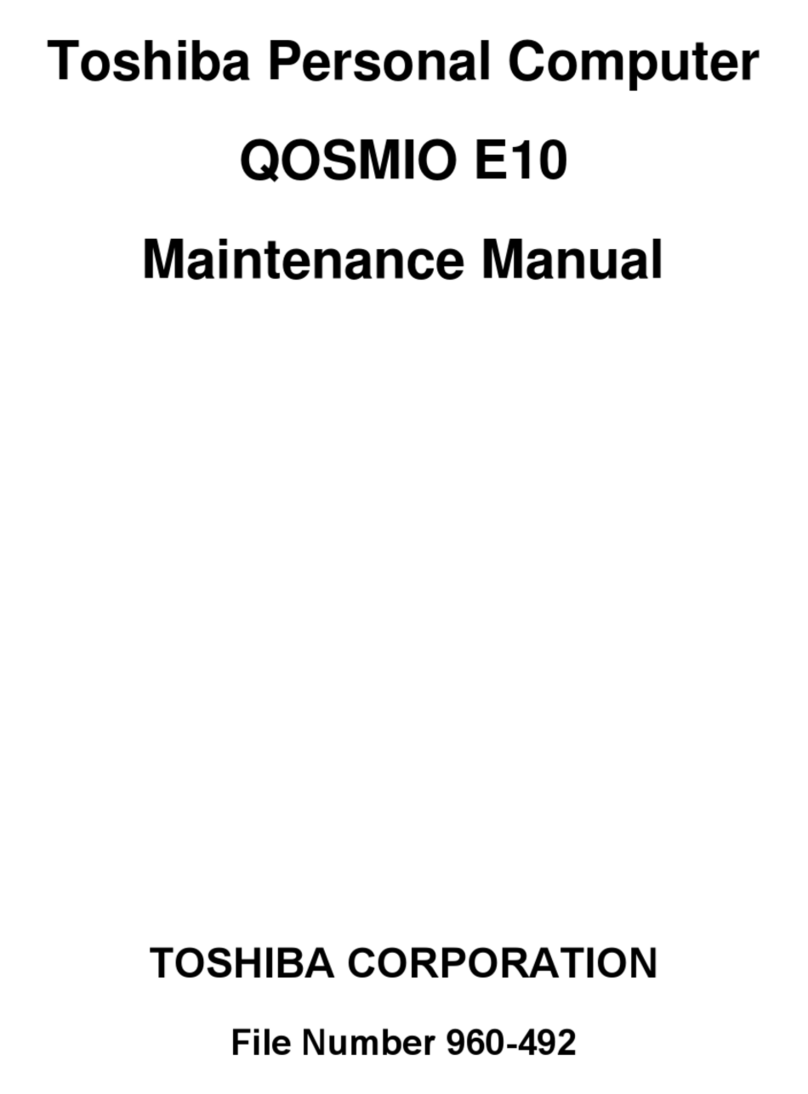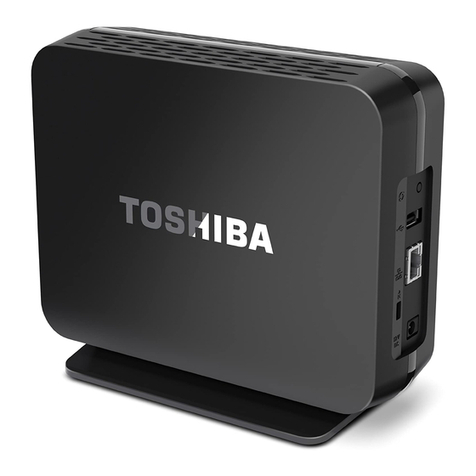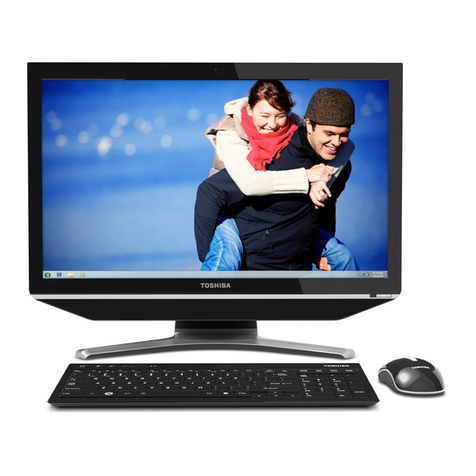STRATAGY 4/6/24
AUGUST 1994
CHAPTER 2
SYSTEM ARCHITECTURE
This sections describes the main components of the
Stratagy System. It provides general descriptions of the
following:
n System Hardware
n System Software
n Call Processing Software
n System Administration
,
HARDWARE
The hardware for the Stratagy system varies depending
upon the configuration. All telephone system connectors
and wiring are customer-supplied.
STRATAGY 4
Hardware: The Stratagy 4 consists of a standard DOS-
compatible 486 PC housed in a mini tower. The PC
comes equipped with 2 MB of RAM, a 3.5” disk drive,
and a hard disk drive, allowing up to 6 hours of
message storage. It supports 2 or 4 ports that
connect to the telephone system. There is no
keyboard or monitor. An optional 2400 baud external
modem is available for remote operation. Because it
uses the same hardware, the Stratagy 4 can be
easily upgraded to a Stratagy 6.
Refer to Figure 2-1 for an illustration of the Stratagy 4
system.
STRATAGY 6
Hardware: The Stratagy 6 consists of a standard DOS-
compatible 486 PC housed in a mini tower. The PC
comes equipped with 2 MB of RAM, a 3.5” disk drive,
and a hard disk drive, allowing 6 hours of message
storage. It supports 2, 4, or 6 ports that connect to
the telephone system. There is no keyboard or
monitor. An optional 2400 baud external modem is
available for remote operation.
Refer to Figure 2-1 for an illustration of the Stratagy 6
system.
STRATAGY 24
Hardware: The Stratagy 24 consists of a standard DOS-
compatible desktop 486 PC. The PC comes
equipped with 4 MB of RAM, a 3.5” disk drive, a
choice of 3 different hard disk drives allowing 6, 20 or
33 hours of storage, and expansion slots for up to 24
ports that connect to the telephone system. An
optional 2400 baud external modem is available for
remote operation.
Monitor and Keyboard: The Stratagy 24 comes
equipped with a monochrome monitor used to
display Stratagy systems data. The accompanying
keyboard allows the System Administrator to input
commands and other information into the Stratagy
system.
Refer to Figure 2-2 for an illustration of the Stratagy 24
system.
INTERNAL COMPONENTS
The following provides a brief description of Stratagy’s
internal components.
MotherBoard: A 486SX, 25 MHz motherboard is
standard in all configurations of the Stratagy system.
Voice board: A voice board is used to convert, compress
and store analog voice signals on the internal hard
drive. The telephone system must be physically
connected to each voice board using the boards RJ-
14 type connectors. A voice board has one or two
connectors, and each connector supports two ports.
Power Supply: The power supply is a standard PC type
power supply, requiring a 110 VAC or 220 VAC input.
Hard Disk Drive: The Stratagy 4 and Stratagy 6 come
equipped with a 6 hour hard disk drive. The Stratagy
24 is equipped with either a 6, 20, or 33 hour hard
disk drive.
Floppy Disk Drive: The Stratagy system is equipped
with a 3.5” floppy disk drive.
SOFTWARE
The Stratagy system’s flexibility is largely a result of its
software. The following provides a brief overview of the
Stratagy system software.
Operating System: Controls all real-time voice
processing functions through the use of simple
administrative menus as well as diagnostics, system
activity, and collection and reporting of data.
Installation Program: Used to create the database for
telephone system and specific customer information.
It is used when installing a new Stratagy system. A
SETUP Utility is also used during the installation
process for system configuration. Routine additions,
changes, and deletions of information are done
through this program. Refer to the Stratagy
Installation and Il/laintenance A&nua/ for more detail.
I
Diagnostic Programs: On-line diagnostic tests run
continuously to detect and report any errors in
operation. The tests run in the background and don’t
interfere with normal system operation. Other
2-1


